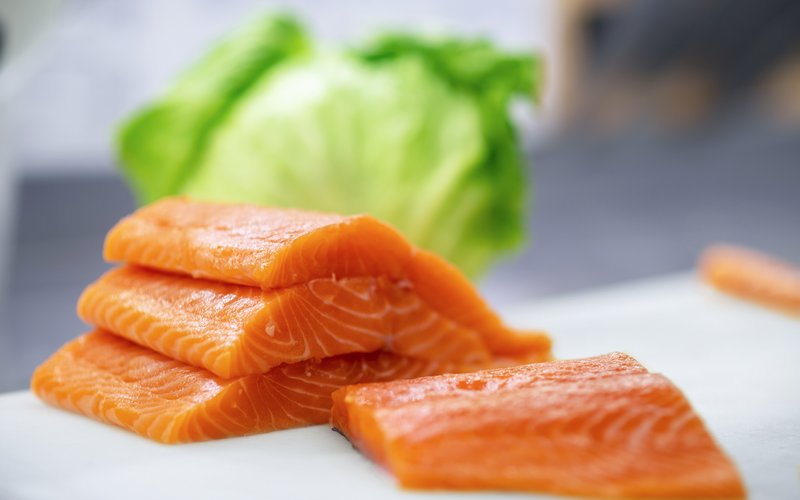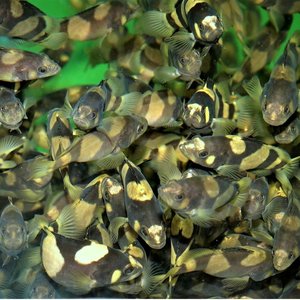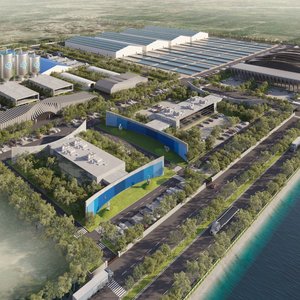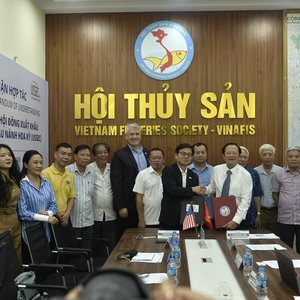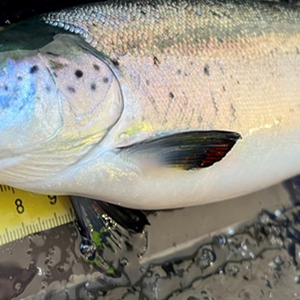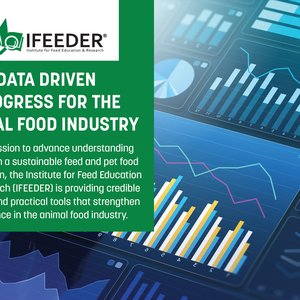A new study found that replacing fishmeal with alternative proteins in aquafeeds does not lead to measurable changes in the body shape of Atlantic salmon over the short term. These new findings could have significant implications for enhancing the marketability of farmed salmon since appearance plays a critical role in consumer preference.
The shape of farmed fish, particularly Atlantic salmon, is a key factor in both consumer perception and market value, as buyers prefer fish that resemble their wild counterparts, associating shape with quality and authenticity. Consumers are also willing to pay higher prices for well-proportioned salmonids, making body shape increasingly important to producers, processors, wholesalers, and retailers.
“Body shape serves as a quality indicator, as seen in several European-based salmon breeding plans that incorporate body shape as a desired trait for selection,” said the study’s lead author Jorge Chollet-Villalpando, a postdoctoral investigator of the Ichthyological collection at the Centro Interdisciplinario de Ciencias Marinas del Instituto Politécnico Nacional in Mexico. “Understanding how diet influences fish body shape is important, as it can impact both the consumer experience and the economic value of farmed fish.”
The analysis—conducted as part of a larger F3 - Future of Fish Feed research trial that focused on replacing krill in the diet of Atlantic salmon (Salmo salar)—used 2D body landmarks data collected from post-smolt salmon fed control, plant protein, and animal protein-based diets to examine whether diet could influence body shape variation. The study aimed to uncover whether dietary changes could alter body shape enough to verify fishmeal- and fish oil-free diets, shedding light on how diet can shape morphological traits.
The findings from the 90-day experiment, published in the journal Fishes, showed the greatest shape variation occurred at the base of the pectoral and pelvic fins between the plant- and animal-protein groups. While the plant- and animal-protein groups shared more similar shapes than the control fish, the differences were not significant enough to verify dietary origins.
The demand for alternative feed ingredients is growing as the cost and availability of traditional fishmeal and fish oil continue to fluctuate. “Incorporating alternative ingredients into feed formulations not only helps protect marine ecosystems but also bolsters food security by ensuring a reliable source of nutritious seafood to meet the growing needs of the global population,” the F3 – Future of Fish Feed said.
The authors suggest that future studies should include larger sample sizes and extended trial durations to more accurately evaluate the impact of plant protein-based feeds on fish body shape.
Reference:
Chollet-Villalpando JG, Barrows FT, McLean E. Body Shape Variation in Atlantic Salmon (Salmo salar, L.) Fed Fishmeal and Fish Oil-Free Diets. Fishes. 2025; 10(2):62. https://doi.org/10.3390/fishes10020062


